
Mineral Wealth of Namaqualand
The Fabled Gold City
Despite the best efforts of the early explorers, the fabled gold city of Vigiti Magna and/or Monomotapa, and the great river on which it supposedly sat were elusive. But there was clearly some kind of mineral wealth up in the north because the Namaqua people, first observed by Pieter van Meerhof in 1661, were dripping with copper.
Sunset near Garies, Namaqualand.
Van Meerhof, an adventurer, surgeon and explorer, wrote in his journal: “Their (the Namaqua people) dress consists of all kinds of beautifully prepared skin…gorgeously ornamented with copper beads…Their locks they thread with copper beads, covering their heads all over. Around their necks they have chains, slung around them 15 or 16 times.
On their arms they have chains of copper and iron beads which go round their bodies 30 or 40 times.” The Namaqua, clearly, were skilled ironworkers who were able to extract and manipulate copper. This knowledge was once again demonstrated when a group of Namaqua visited the Castle in 1681 at Cape Town, bringing with them some specimens of rich copper ore.
The Dutch governor, Simon Van der Stel, was thus encouraged to send out a number of well-equipped expeditions to try and find the source of the Namaqua’s wealth.
By
David Fleminger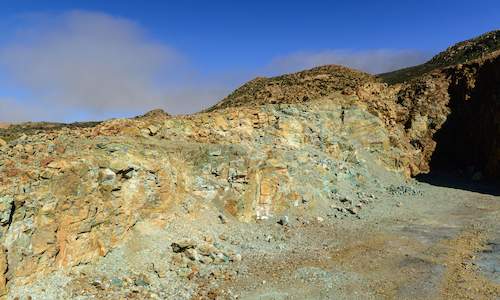
The first expeditions searching for the copper belt from the Cape were under the command of Olof Bergh, who pioneered a route that avoided t...
more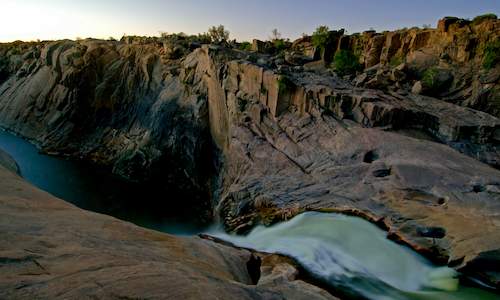
The copper deposits of northern Namaqualand were well-known, but impossible to exploit as they were simply too far from market. Sooner or la...
more
By 1848, shares in the South African Mining Company were worthless and the whole enterprise petered out. Nevertheless, this was the first co...
more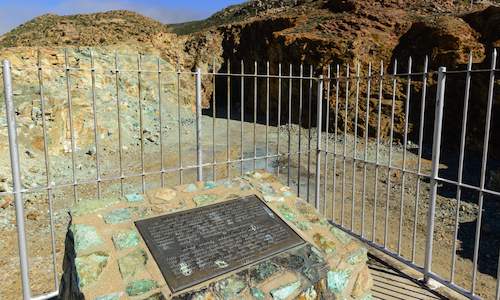
The ‘Blue Mine’ at Springbokfontein, which had been controversially purchased by Phillips and King, began producing considerable quantit...
more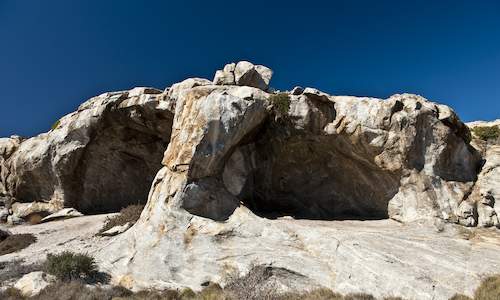
Unfortunately, Namaqualand is full of superficial traces of copper that look good on the surface but are not payable....
more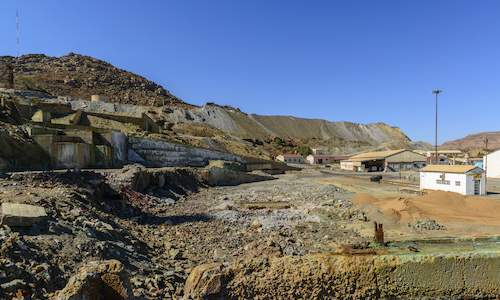
In addition to the Blue Mine at Springbok, the Phillips and King company also secured the leases to several other valuable properties, inclu...
more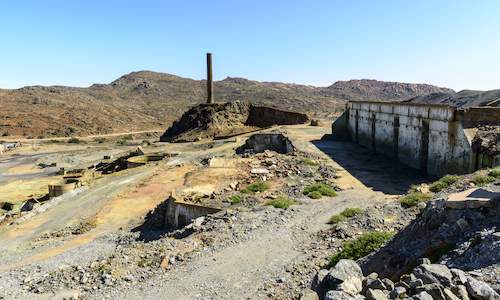
The copper mine at Spektakel, owned by Phillips and King, was in a precarious position. The lease was granted in 1853 and pits were sunk....
more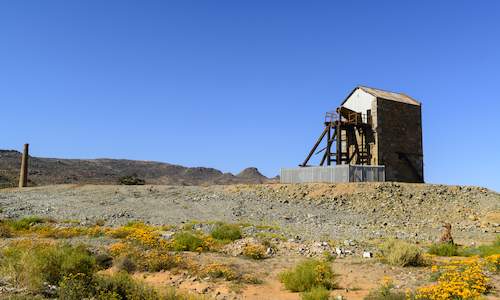
The biggest copper mine in Namaqualand was O’okiep. It began life in 1856 with one small shaft and by 1860 it was the most important mine ...
more
The Namaqua Mining Company’s property at Concordia was said to be more of a quarry than a mine. It began in 1853 and a neat compound was q...
more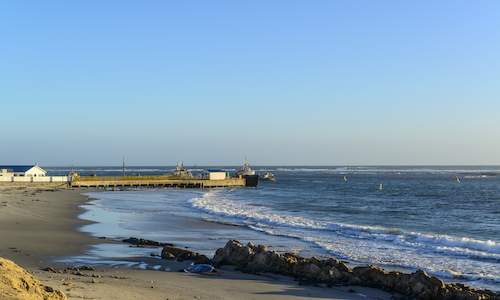
Namaqualand,World War 1 south africa,Britain,Cape Copper Company...
more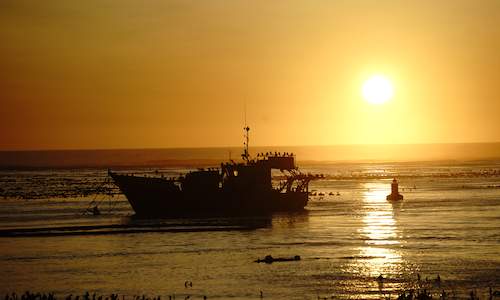
The biggest problem facing the copper mines of Namaqualand was the lack of effective transport routes. The region had few roads, and those t...
more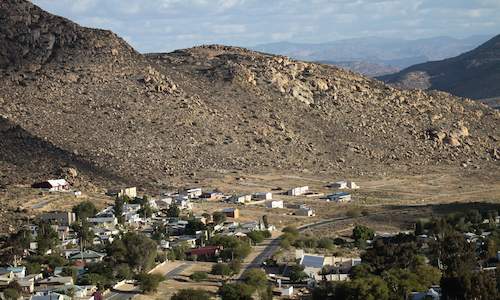
Transporting the copper in Namaqualand from the mines to the coast was not only difficult, it was expensive. By 1855, the cost of getting or...
more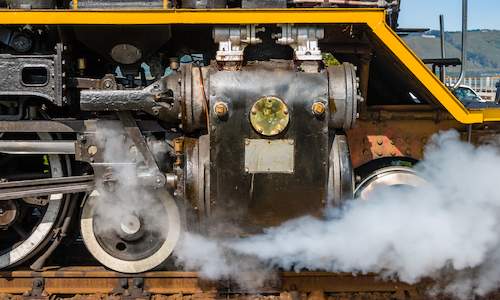
In the nineteenth century, the Cape Copper Company applied for an extension of the narrow-gauge railway to O’okiep....
more
 The first expeditions searching for the copper belt from the Cape were under the command of Olof Bergh, who pioneered a route that avoided t...
The first expeditions searching for the copper belt from the Cape were under the command of Olof Bergh, who pioneered a route that avoided t... The copper deposits of northern Namaqualand were well-known, but impossible to exploit as they were simply too far from market. Sooner or la...
The copper deposits of northern Namaqualand were well-known, but impossible to exploit as they were simply too far from market. Sooner or la... By 1848, shares in the South African Mining Company were worthless and the whole enterprise petered out. Nevertheless, this was the first co...
By 1848, shares in the South African Mining Company were worthless and the whole enterprise petered out. Nevertheless, this was the first co... The ‘Blue Mine’ at Springbokfontein, which had been controversially purchased by Phillips and King, began producing considerable quantit...
The ‘Blue Mine’ at Springbokfontein, which had been controversially purchased by Phillips and King, began producing considerable quantit... Unfortunately, Namaqualand is full of superficial traces of copper that look good on the surface but are not payable....
Unfortunately, Namaqualand is full of superficial traces of copper that look good on the surface but are not payable.... In addition to the Blue Mine at Springbok, the Phillips and King company also secured the leases to several other valuable properties, inclu...
In addition to the Blue Mine at Springbok, the Phillips and King company also secured the leases to several other valuable properties, inclu... The copper mine at Spektakel, owned by Phillips and King, was in a precarious position. The lease was granted in 1853 and pits were sunk....
The copper mine at Spektakel, owned by Phillips and King, was in a precarious position. The lease was granted in 1853 and pits were sunk.... The biggest copper mine in Namaqualand was O’okiep. It began life in 1856 with one small shaft and by 1860 it was the most important mine ...
The biggest copper mine in Namaqualand was O’okiep. It began life in 1856 with one small shaft and by 1860 it was the most important mine ... The Namaqua Mining Company’s property at Concordia was said to be more of a quarry than a mine. It began in 1853 and a neat compound was q...
The Namaqua Mining Company’s property at Concordia was said to be more of a quarry than a mine. It began in 1853 and a neat compound was q... Namaqualand,World War 1 south africa,Britain,Cape Copper Company...
Namaqualand,World War 1 south africa,Britain,Cape Copper Company... The biggest problem facing the copper mines of Namaqualand was the lack of effective transport routes. The region had few roads, and those t...
The biggest problem facing the copper mines of Namaqualand was the lack of effective transport routes. The region had few roads, and those t... Transporting the copper in Namaqualand from the mines to the coast was not only difficult, it was expensive. By 1855, the cost of getting or...
Transporting the copper in Namaqualand from the mines to the coast was not only difficult, it was expensive. By 1855, the cost of getting or... In the nineteenth century, the Cape Copper Company applied for an extension of the narrow-gauge railway to O’okiep....
In the nineteenth century, the Cape Copper Company applied for an extension of the narrow-gauge railway to O’okiep....